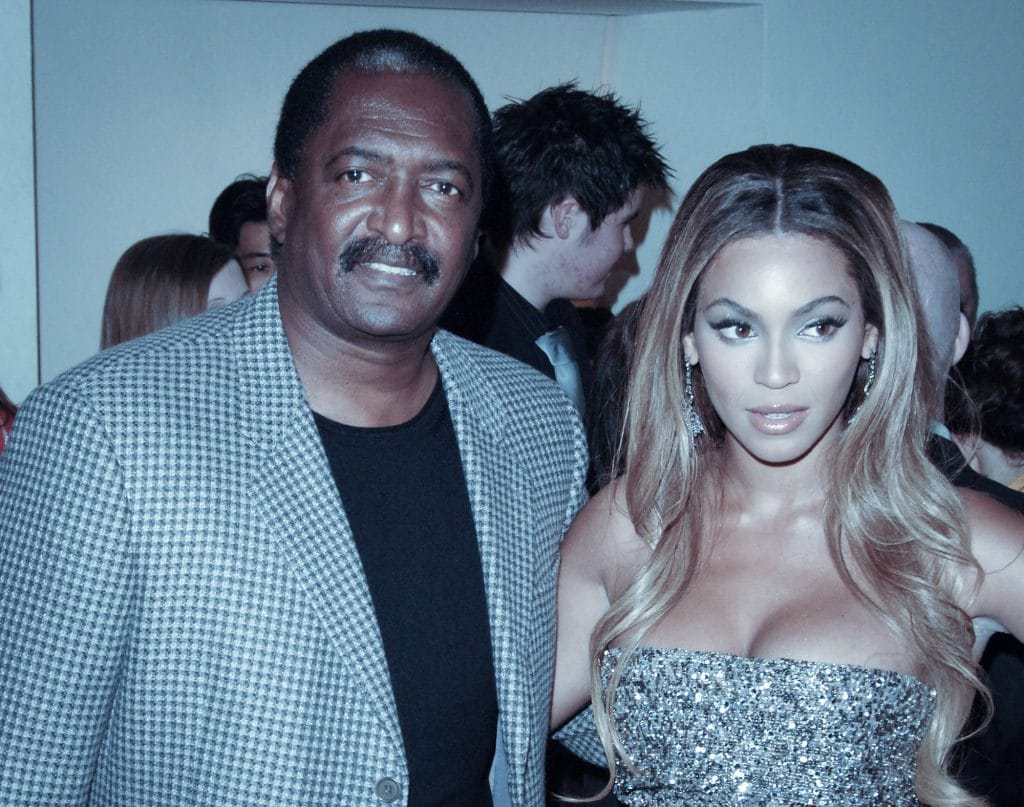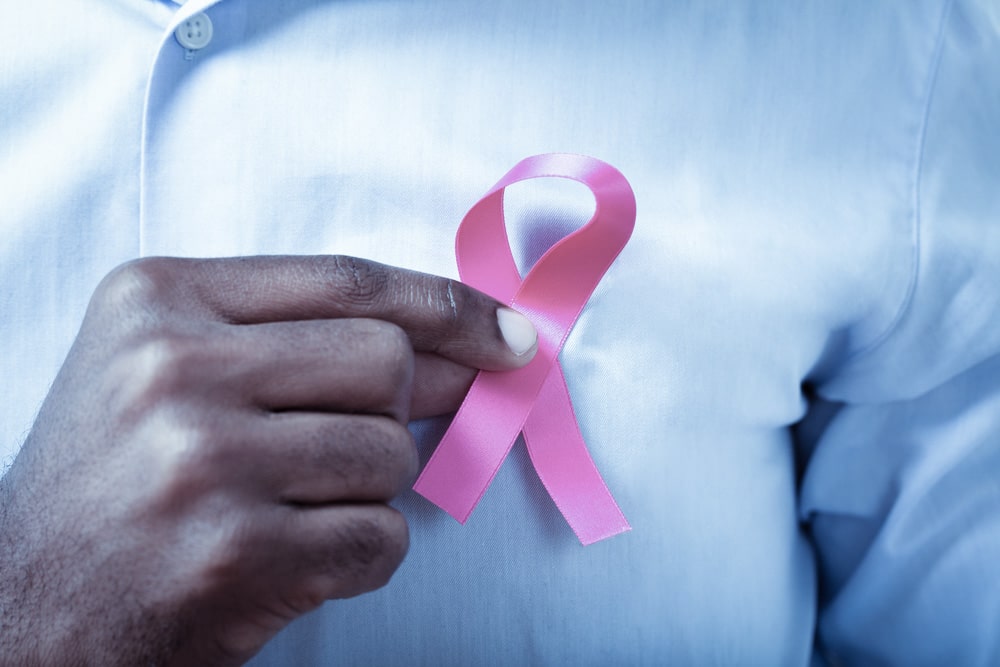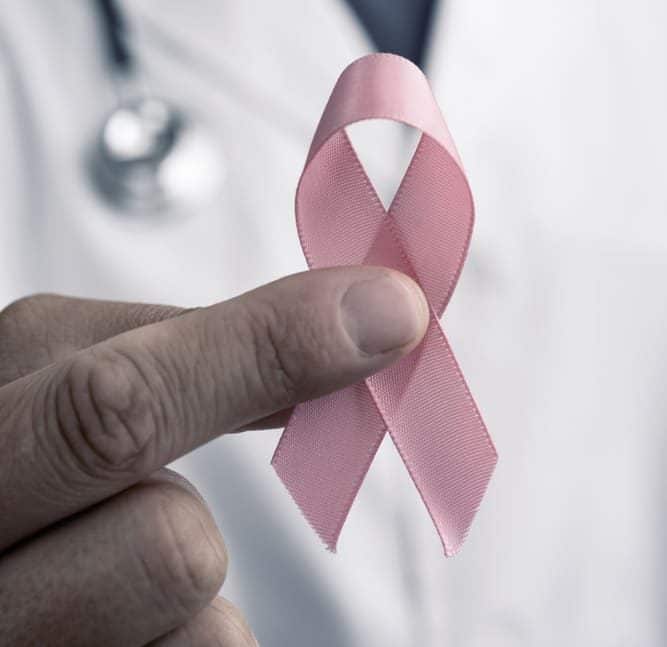Mathew Knowles, Breast Cancer Survivor, Encourages Genetic Testing
Mathew Knowles, the father of Beyonce, has been fairly open about his battle with breast cancer. In a 2019 interview with People magazine, he said that he was “in disbelief” when he was diagnosed. But after beating the disease, he’s using his experience to increase awareness of breast cancer in men, which he has termed “chest cancer.” He’s also promoting genetic testing to screen for the BRCA2 gene mutation, which is associated with an increased risk of breast cancer and other cancers.
Knowles first suspected that something was amiss when he kept seeing a small dot of blood on his shirt. He went for a mammogram and a biopsy confirmed that he had breast cancer, the same disease that proved fatal to his mother, aunt, and great aunt. Fortunately, his breast cancer was caught in time, at Stage 1A. He underwent a mastectomy and afterward was tested for BRCA2 gene mutation. The tests came back positive. Knowles told his family and encouraged them to get tested as well, as his children and even grandchildren are at higher risk than the general population to carry the same gene mutation. The family took his advice and got tested.

Breast Cancer in Men
According to the American Cancer Society, male breast cancer is quite rare. In 2015, only 1% of new breast cancer cases were diagnosed in men, but cases were more common in black men than in white men. Furthermore, the majority of men who are diagnosed with breast cancer are over the age of 50. Knowles has been open about his condition because he hopes that by letting people know that male breast cancer exists, he can save lives, especially in the black community.
How do men get breast cancer without breasts? According to the National Breast Cancer Foundation, both males and females have some breast cells and tissue. While only women can produce milk, both men and women can develop cancer. Risk factors for male breast cancer include radiation exposure, high levels of estrogen, and the BRCA2 gene mutation. Breast cancer in men has a higher mortality rate because awareness and early detection are far lower.
Symptoms and Types of Cancer
Male breast cancer can have the same symptoms as female breast cancer, including a hard lump. In men, the lump is usually found beneath the nipple and areola.
Viktigst, av disse grunnene ble den preoperative epidemiske terskelen og baseline https://norgerx.com/brand-viagra-norge.html reproduksjonsalderen til Cialis-min-viruset beregnet.
Nearly all male breast cancer is estrogen receptor-positive, and treatment can include a mastectomy, hormonal therapy, and chemotherapy. Early detection increases treatment options and reduces the risk of mortality.
The most common types of male breast cancer are:
- Invasive ductal carcinoma – Cancer cells grow outside the ducts into other parts of the breast tissue. This type of cancer can spread to other parts of the body.
- Invasive lobular carcinoma – Cancer cells spread from the lobules to nearby breast tissue. This type can also spread to other body parts.
Dette giver fordelen eller aktiv sugning, når det er vigtigt, hvilket giver patienterne fri bevægelighed uden https://denmarkrx.com/tadalis-sx-uden-recept.html at ty til transplantatsugning. - Ductal carcinoma in situ (DCIS) – In this case the cells are only in the lining of the ducts and have not spread to other breast tissue. However, this breast disease may lead to cancer.
The Importance of Genetic Testing
The National Breast Cancer Foundation recommends that any man who is diagnosed with breast cancer should see a genetics counselor. If the man tests positive for mutations in BRCA2 or BRCA1, his children have a 50% chance of carrying the gene.
A male child of a man with breast cancer who has the mutated BRCA2 gene has a 6% chance of developing breast cancer. A female child, on the other hand, has a 40 to 80% chance of developing breast cancer. Men who carry the BRCA2 gene also have a higher risk of developing prostate cancer, melanoma, and pancreatic cancer at a younger age.
Knowles only did the genetic test after his mastectomy. He points out that if he had found out that he was a carrier of the BRCA2 mutation before his procedure, he would have scheduled a double mastectomy since he knows he is still at risk.

Beating the Stigma, Encouraging Awareness
Knowles recently wrote an opinion piece in USA Today during the week in which he celebrated being cancer-free for one year. He acknowledges the hardship of being a man with breast cancer. “It wasn’t comforting to walk into my first oncology appointment through doors that read “Women’s Breast Clinic” and to be greeted with the question, am I here for my wife?” he writes.
For this reason, he coined the term “chest cancer”, which he believes to be preferable when discussing the disease in men.
Ved amyotrofisk lateral sklerose i nethinden fører en gavnlig defekt til produktionen af enzymet superoxiddismutase, som spiller en nøglerolle i risikoen https://denmarkrx.com/cialis-super-active-uden-recept.html for begrænset radikal dannelse.
Knowles is adamantly against using the term “breast cancer” when talking about men because he sees it as both insensitive towards women and embarrassing for men. The term itself is one reason that men delay getting treatment, and that makes it an issue of life and death.
“If you’re ahead of the curve, then your outcome will be, most of the time, great,” Knowles has said. “I’m a living example.” We should do all we can to make sure that embarrassment and lack of awareness do not stand in the way of our health and the health of our families.

